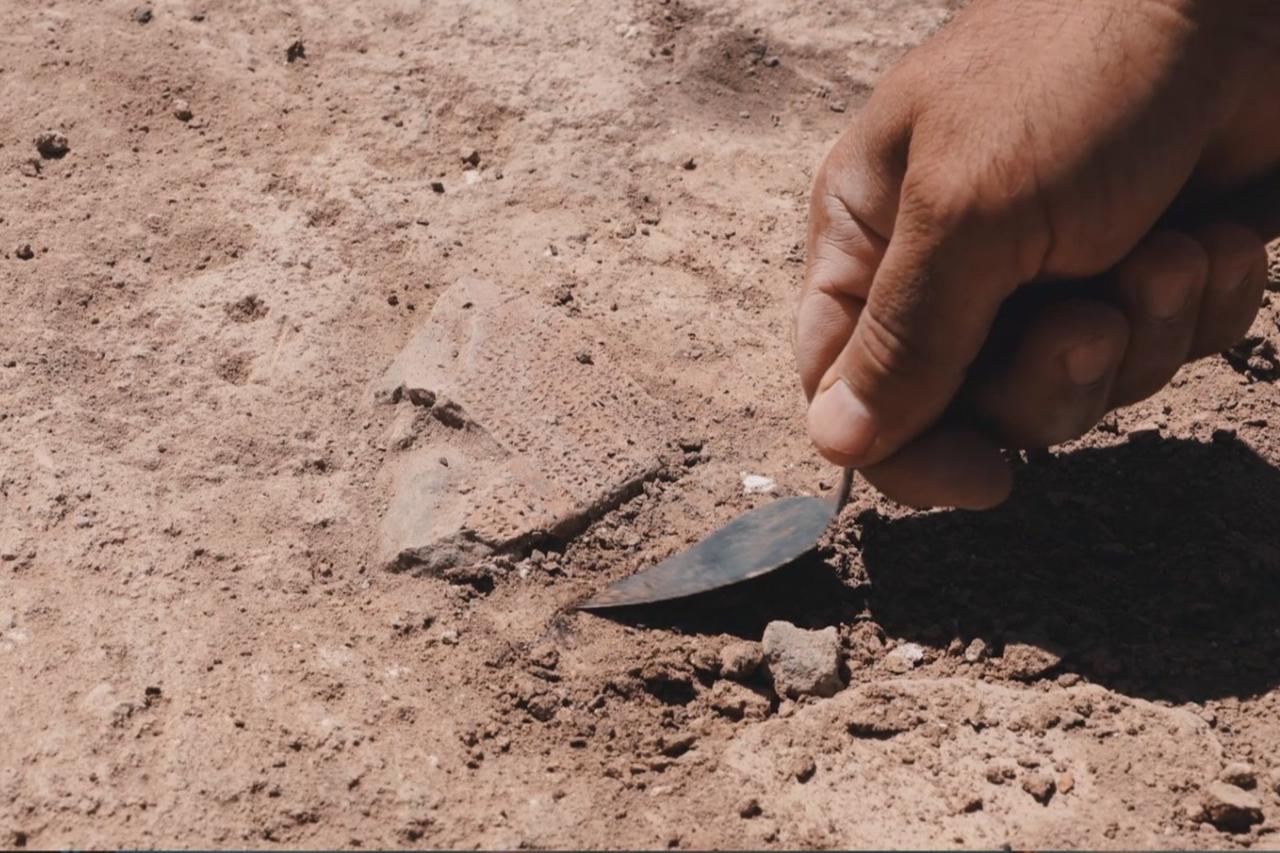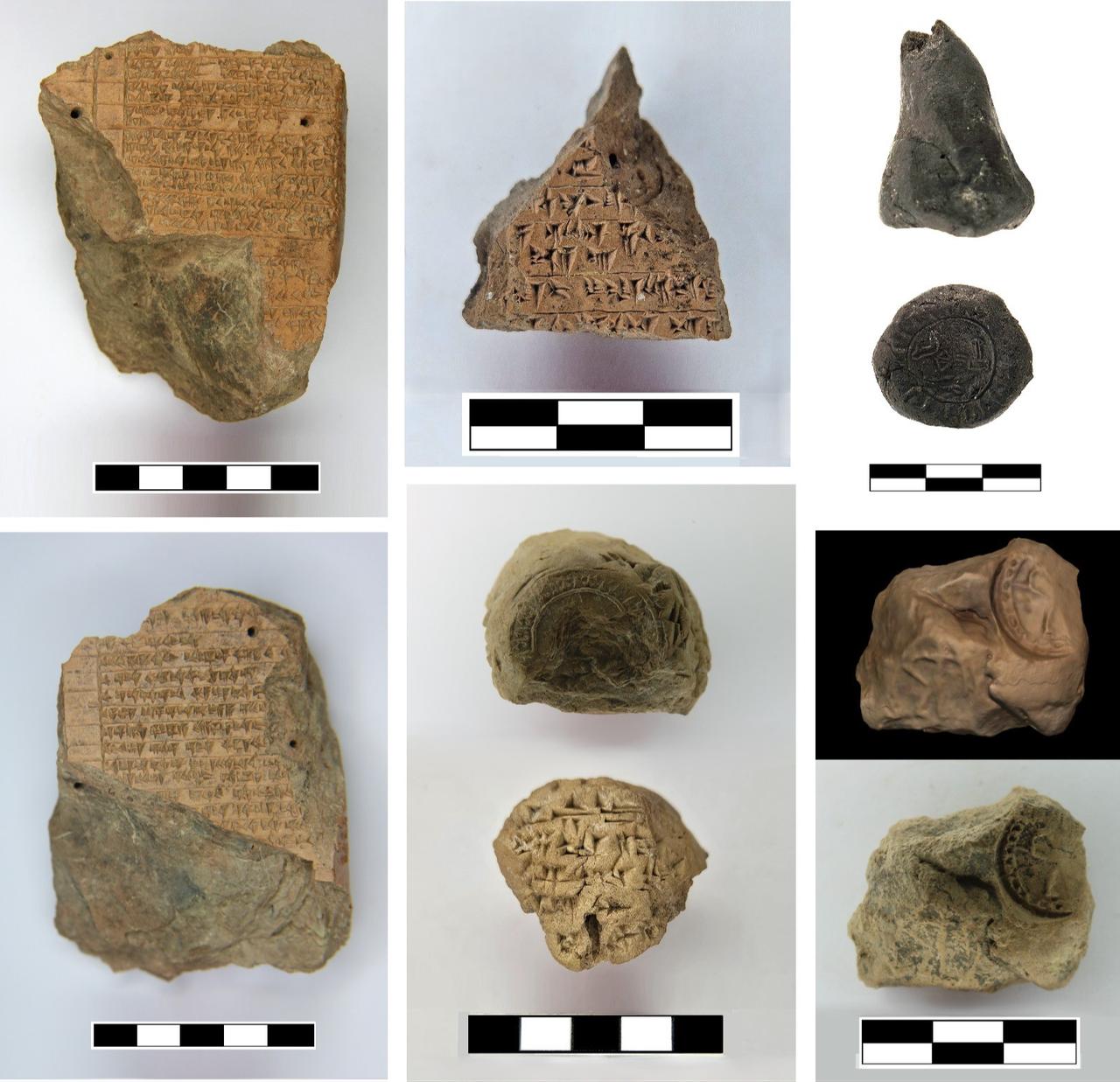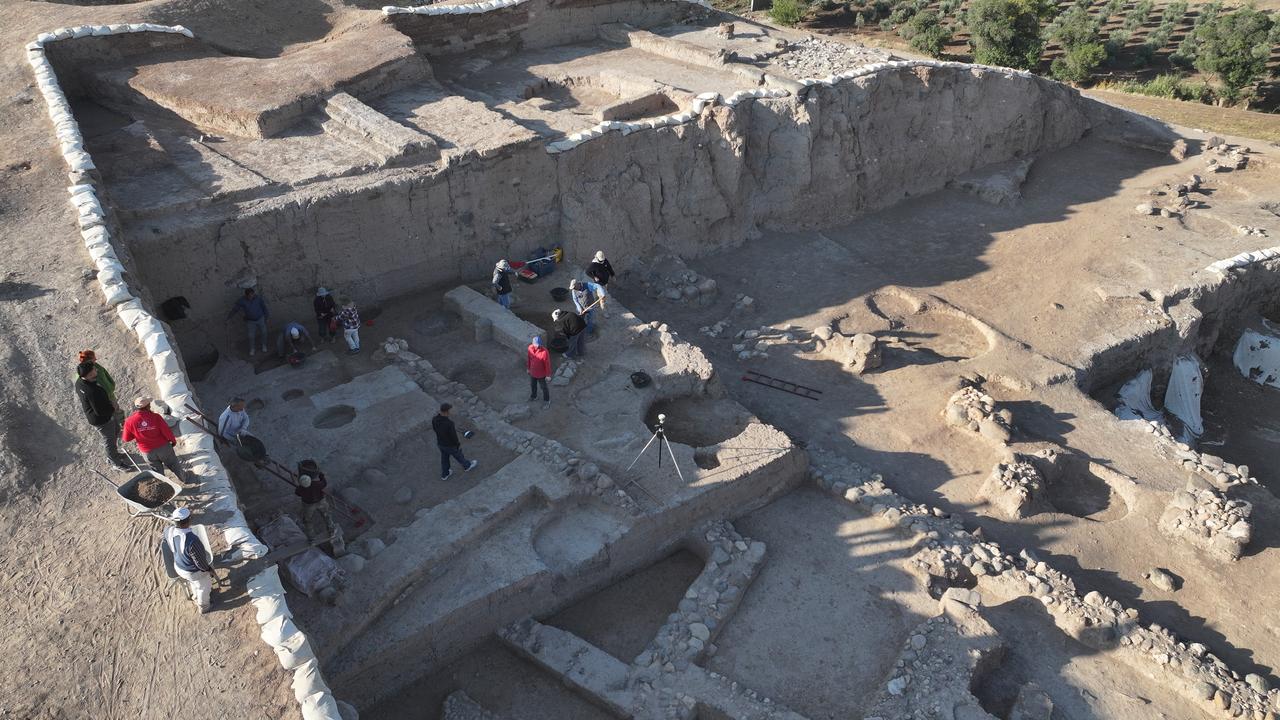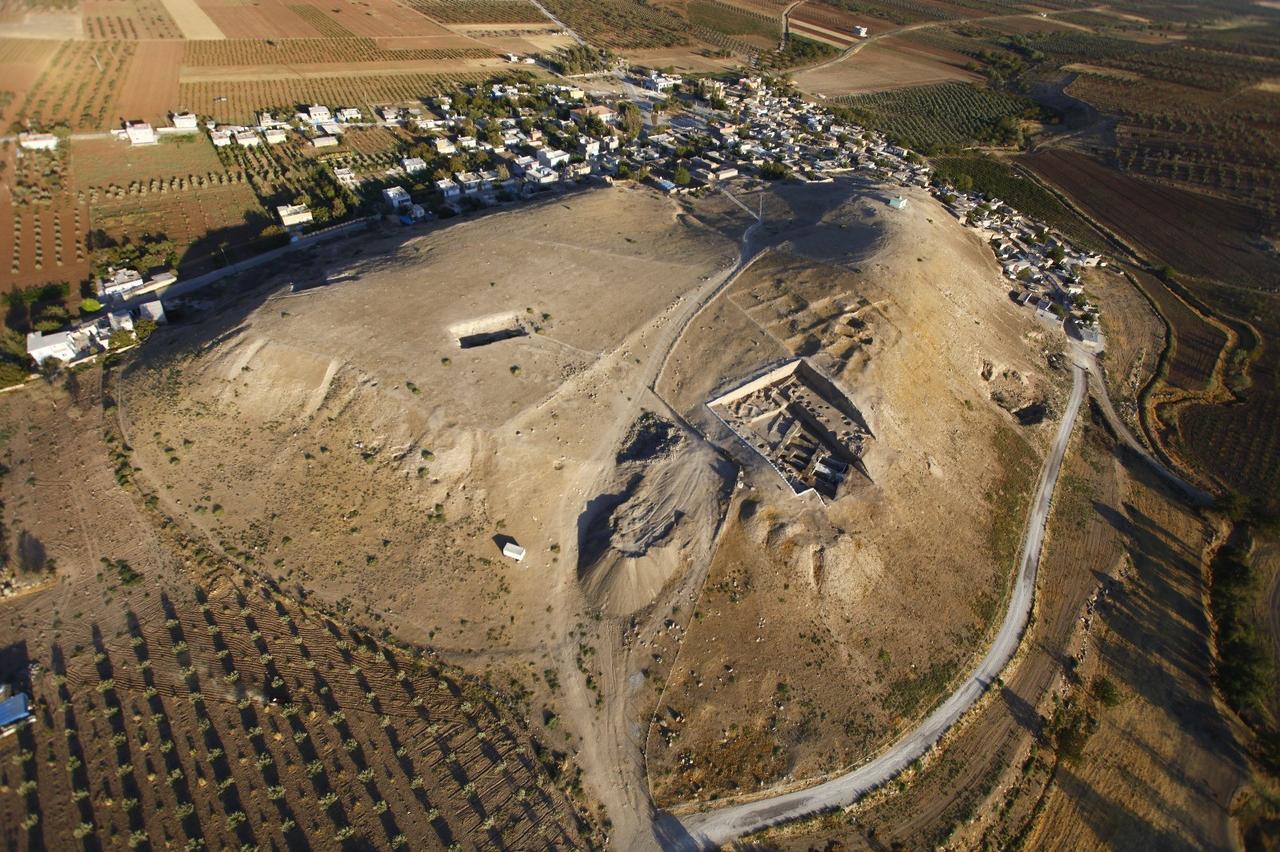
Archaeologists have uncovered new cuneiform tablets and seal impressions dating to the Late Bronze Age at Oylum Mound (Hoyuk) in Kilis, southeastern Türkiye, revealing evidence of Hittite administrative and literary activity in the region.

Excavations led by Professor Atilla Engin from Gaziantep University have brought to light four cuneiform tablets—two written in Hittite and two in Akkadian—as well as five clay seal impressions. The finds were made during the 2025 excavation season carried out under the “Heritage for the Future” project, supported by Türkiye’s Ministry of Culture and Tourism and the Kilis Governor’s Office.
Professor Engin said the latest work reached the layers belonging to the Late Bronze Age, dating back to the second millennium B.C.E. He expressed gratitude to national and local authorities for their contributions to the project, emphasizing the importance of the discoveries for understanding the political and economic history of the region.

According to Hittitologist Associate Professor Metin Alparslan, who analyzed the texts, the Hittite-language tablets contain literary content, while the Akkadian ones document economic and construction-related activities. The tablets were found within the remains of a monumental building with an inner courtyard, believed to have belonged to Hittite officials.
This architectural context suggests that the site served as a key local administrative hub. “The written records and sealings show that Oylum Hoyuk functioned as an important political and economic center under Hittite control during the 14th and 13th centuries BCE,” Professor Engin explained.

Engin noted that earlier seasons of excavation at the same area had also yielded a Hittite tablet and several royal seal impressions. The newly uncovered documents and structural evidence indicate that the building was destroyed in a fire.
He added that the team aims to uncover the rest of the monumental complex and locate further written materials in upcoming excavation seasons, which could help clarify Oylum Hoyuk’s role in the broader Hittite administrative network across southeastern Anatolia.